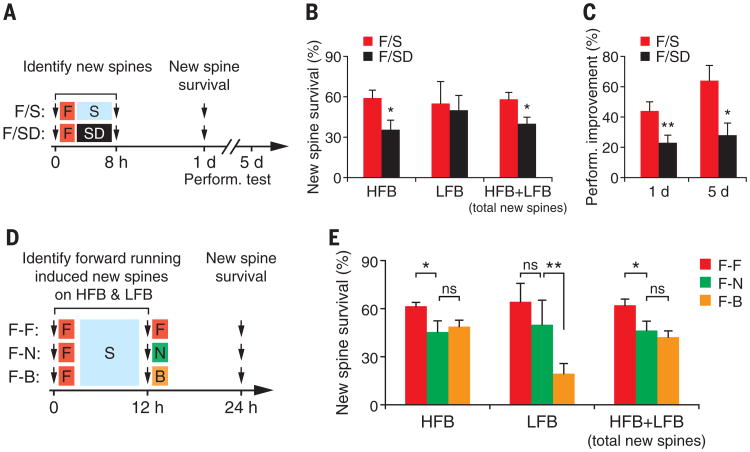Fig. 3. New spines formed during postlearning sleep persist.
(A) Schematic of experimental paradigm. (B) More new spines formed on HFBs during hours 0 to 8 persist at 24 hours in non-SD mice (n = 7) than in SD mice (n = 8). (C) Performance improvement is significantly larger in non-SD mice than in SD mice 1 or 5 days after training. (D) New spines formed within 12 hours after forward running were followed over the next 12 hours when the animals were either not trained (n = 5), trained again with the same task (n = 6), or trained with a new task (backward running) (n = 8). (E) Continued training with the same forward-running task facilitates the maintenance of new spines that are formed previously on HFBs. Training with a different task (backward running) significantly reduced the survival of new spines that are formed on LFBs. Data are presented as means ± SEM. *P < 0.05. **P < 0.01, nonparametric test.

